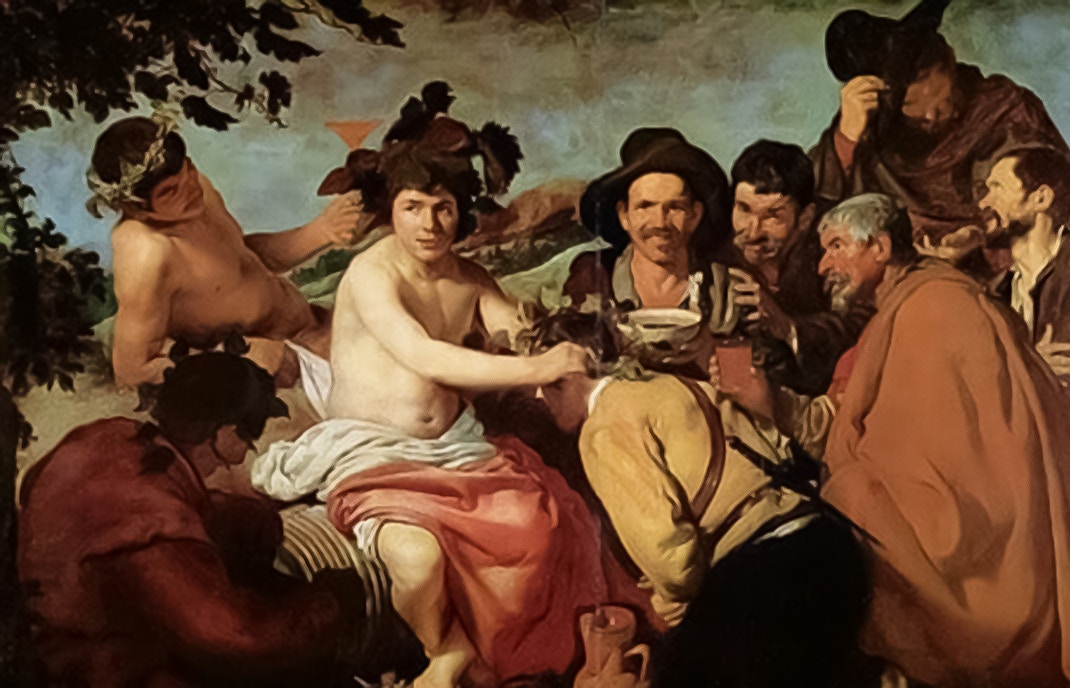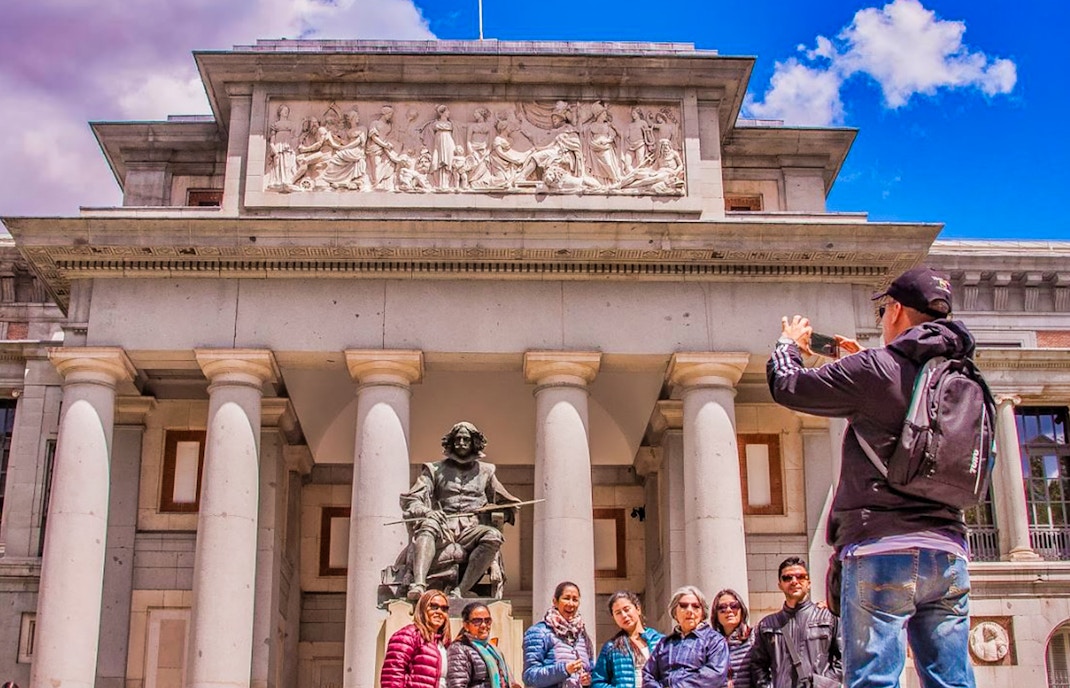The Prado Museum is home to the most exhaustive collection of the works of Velazquez, Francisco de Goya, and El Greco in the world. Art by other Spanish masters such as José de Ribera and Francisco de Zurbarán is also on display in the museum.
During your tour of the museum, you'll also get to witness art by Raphael, Hiëronymus Bosch, Paolo Veronese, Pieter Bruegel the Elder, Tintoretto, Anthony Van Dyck, Peter Paul Rubens, Rembrandt, Antoine Watteau, Nicolas Poussin, and Claude Lorrain. Prado Museum also showcases a stellar collection of Greco-Roman statuary.


